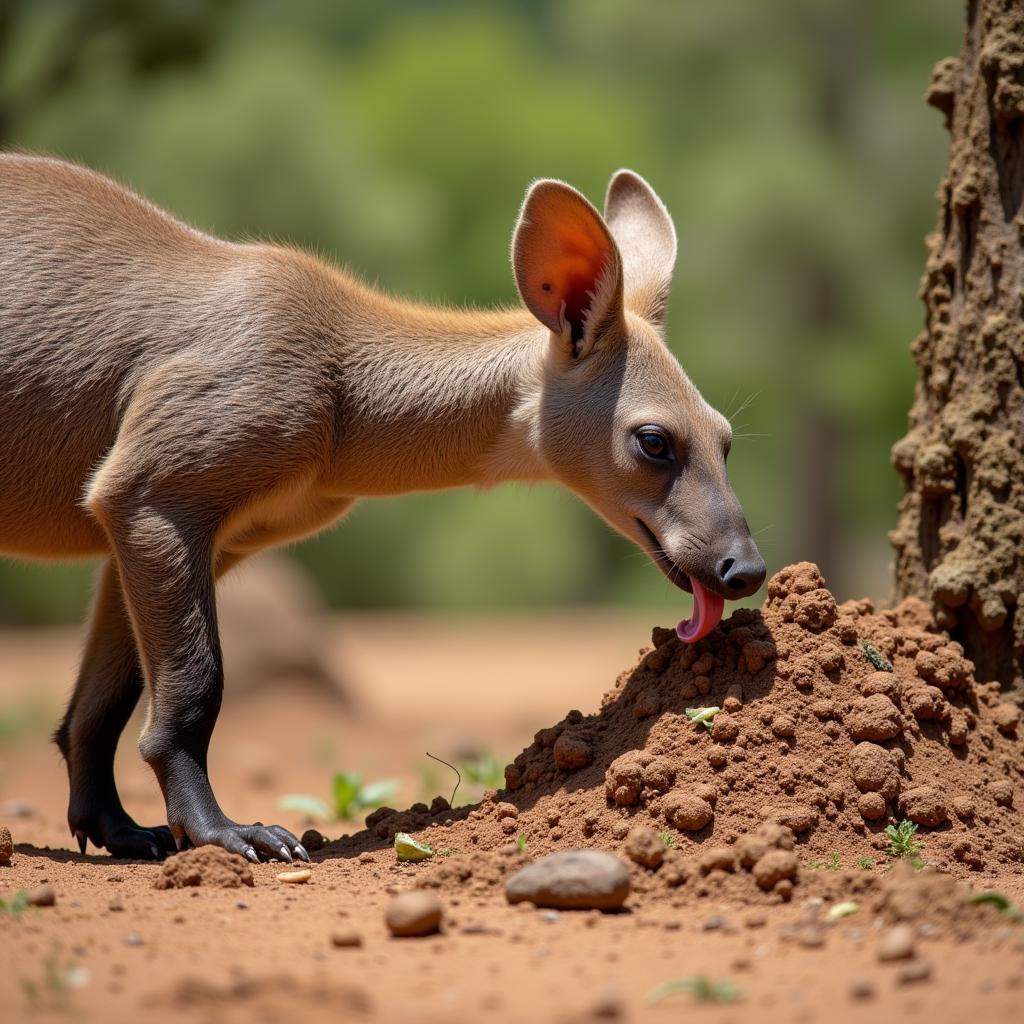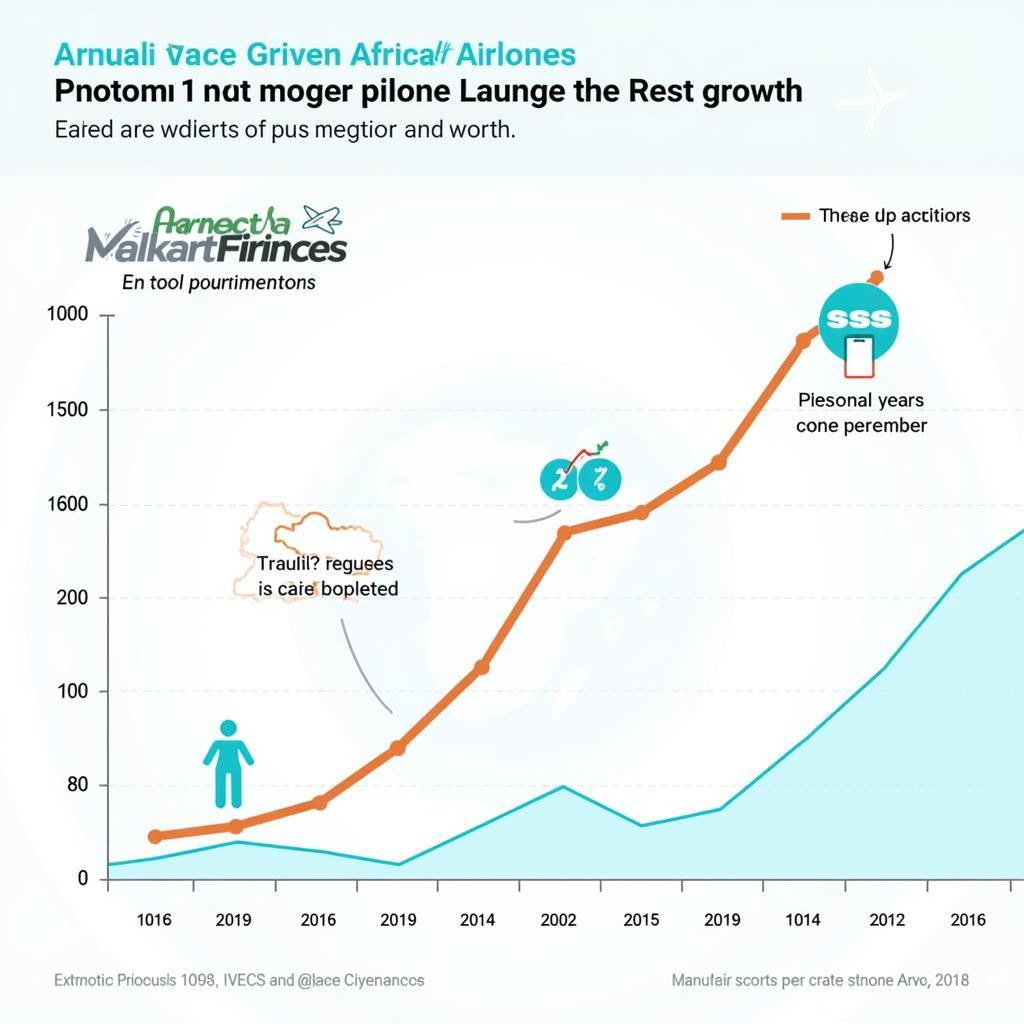African Animals That Eat Bugs: A Look at the Continent’s Insectivores
Africa is a continent teeming with diverse wildlife, including some fascinating creatures that depend on insects for their survival. These insect-eating animals, known as insectivores, play a crucial role in maintaining the delicate balance of Africa’s ecosystems. Let’s delve into the world of these unique creatures and explore the different types of African Animals That Eat Bugs.
Aardvarks to Pangolins: Unveiling Africa’s Diverse Insectivores
From the dry savannas to lush rainforests, African insectivores have adapted to thrive in various habitats across the continent. While some, like the aardvark, are exclusively insectivorous, others, such as baboons, incorporate insects as a supplement to their predominantly plant-based diet.
A Closer Look at the Aardvark: A Master of the Ant and Termite World
The aardvark, meaning “earth pig” in Afrikaans, is a peculiar-looking nocturnal mammal native to sub-Saharan Africa. With its long snout, powerful claws, and sticky tongue, the aardvark is perfectly equipped for its specialized diet of ants and termites.
 Aardvark foraging for termites
Aardvark foraging for termites
Aardvarks possess a keen sense of smell, which helps them locate termite mounds and anthills. Once they find a food source, their powerful claws come into play, ripping open the mounds to access the insects inside. Their long, sticky tongue, which can extend up to 30 centimeters, then laps up the unsuspecting prey.
The Pangolin: An Insectivore Under Threat
Covered in protective keratin scales, pangolins are often mistaken for reptiles, but these shy creatures are mammals with a unique defense mechanism. When threatened, they curl into a tight ball, their scales acting as impenetrable armor.
 Pangolin defending itself
Pangolin defending itself
Pangolins are found in various parts of Africa and Asia and, like aardvarks, primarily feed on ants and termites. Their strong claws allow them to tear into insect nests, while their long, sticky tongues, which can be longer than their bodies, come in handy for lapping up their insect meals.
Beyond Aardvarks and Pangolins: Exploring Other African Bug Eaters
While aardvarks and pangolins might be the poster children for African insectivores, numerous other animals across the continent rely on insects as a primary food source.
-
Bats: Many bat species in Africa are insectivorous, using echolocation to hunt flying insects at night.
-
Birds: From bee-eaters to rollers, numerous bird species contribute significantly to insect control, feasting on a wide variety of flying and ground-dwelling insects.
-
Reptiles: Lizards, chameleons, and certain snake species are known to include insects in their diet, often employing ambush tactics to catch their prey.
-
Primates: While not exclusively insectivorous, baboons and some monkey species often supplement their diet with insects, especially during periods when fruits and leaves are scarce.
“Insectivores are integral to the health of African ecosystems,” explains Dr. Laila Hassan, a wildlife biologist specializing in African fauna. “They help regulate insect populations, which is essential for maintaining biodiversity and preventing agricultural damage.”
 Variety of insectivores in Africa
Variety of insectivores in Africa
The Importance of Conserving Africa’s Insectivores
Many of Africa’s insectivorous animals face threats due to habitat loss, climate change, and illegal wildlife trade. Understanding the crucial role these animals play in the ecosystem is vital for implementing conservation efforts to protect them.



